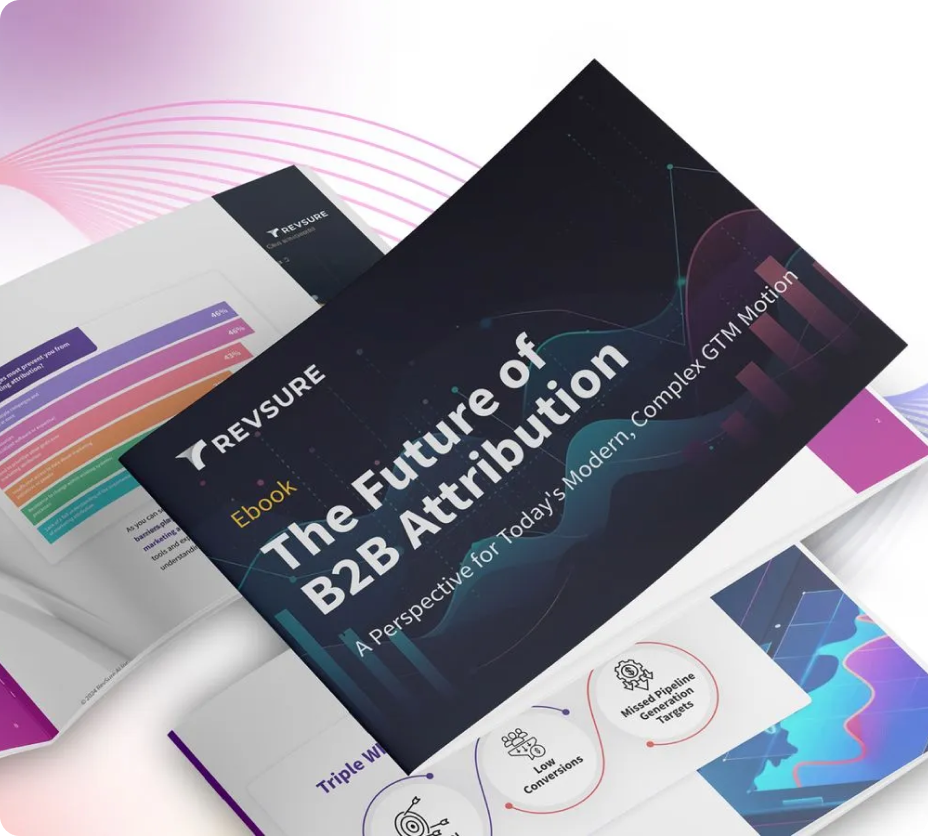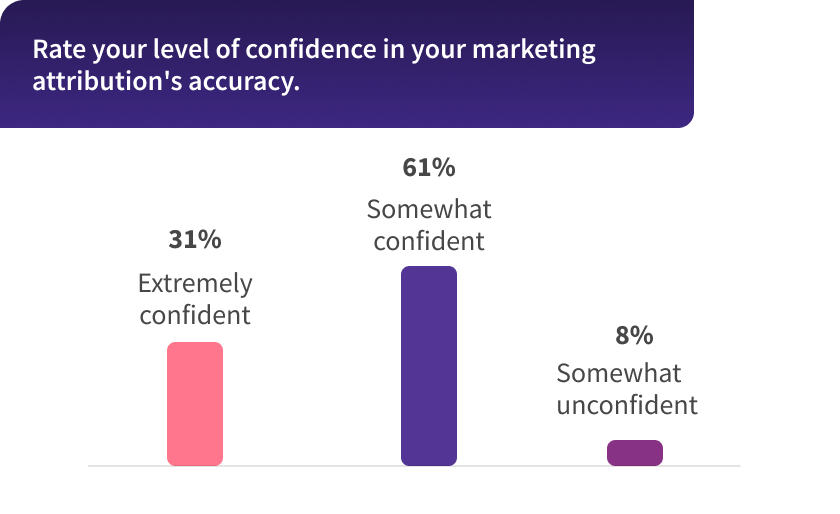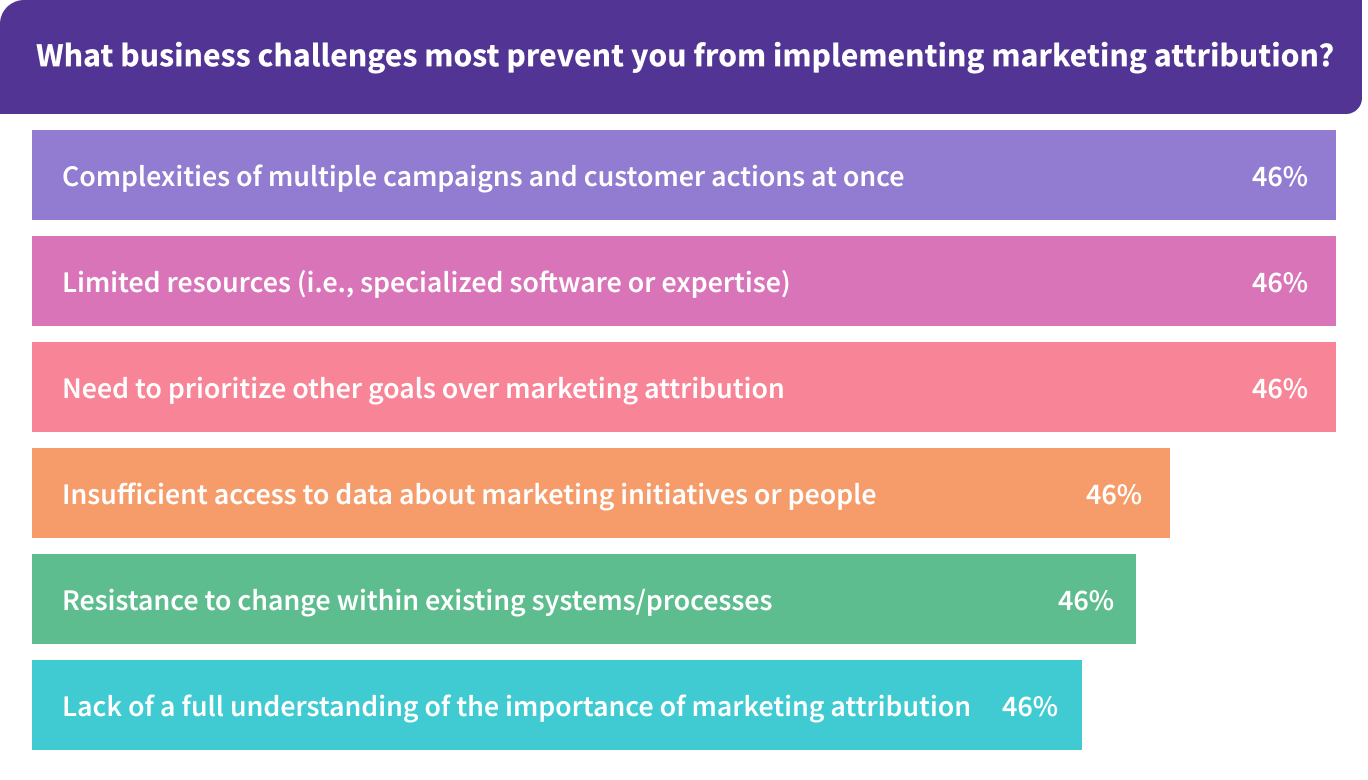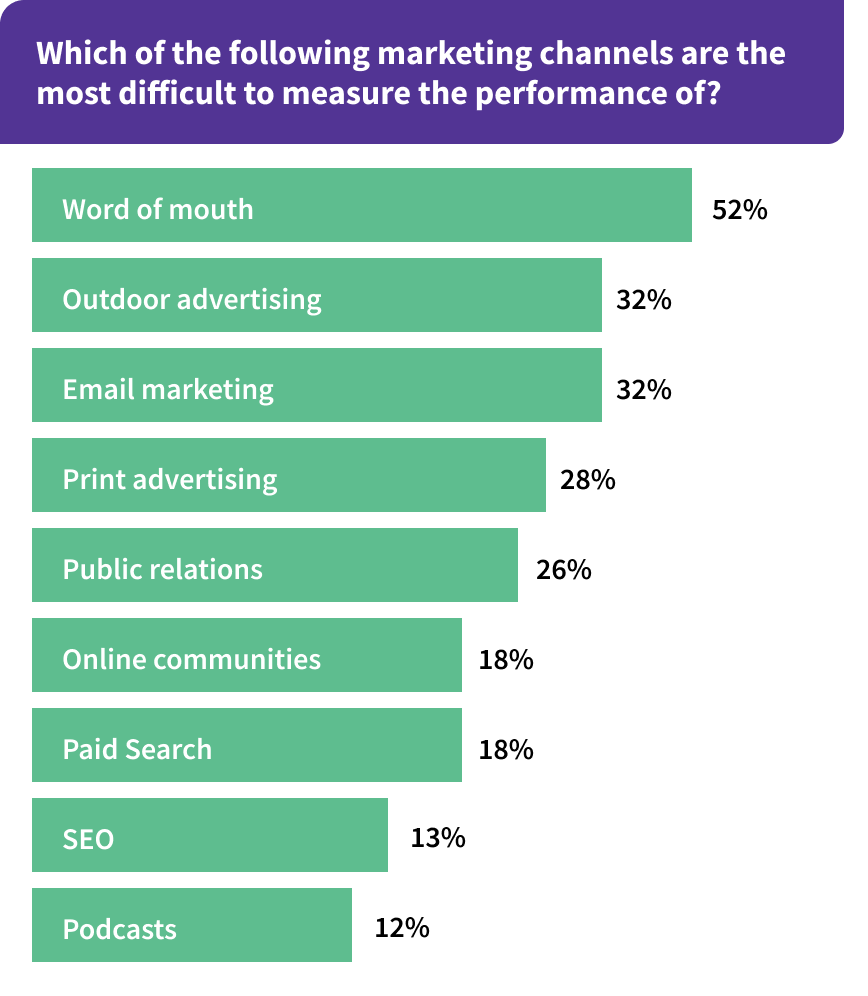To address these limitations, it's essential to redefine key dimensions of attribution. Expanding the scope to full-funnel activities, shifting the focus to what maximizes pipeline and revenue, adopting a hybrid of Al-based multi-touch attribution and marketing mix modeling, transitioning to real-time, forward-looking insights, and providing actionable recommendations are all critical steps.
Implementing this new approach involves integrating data across the entire Go-to-Market (GTM) funnel, using predictive Al to identify effective campaigns, combining probabilistic multi-touch attribution with marketing-mix and incremental testing, leveraging near-real-time tracking, and providing prescriptive recommendations on next best actions.











